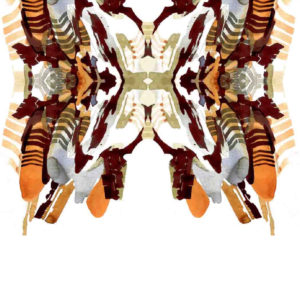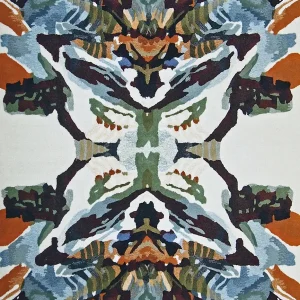Savonnerie 297
by Pinton
HAUTE COUTURE
MATERIALS Wool, Silk
TECHNIQUE Knotted stitch
SIZE 252 x 343 cm
* Price incl. VAT includes : Packaging of the product and home delivery regardless of your country of residence.
PRICE ON REQUEST无货
描述
wool
Wool is an animal fibre, most often derived from sheep fleece. Wool was already being spun as early as 5,000 BC. In Roman times, wool, leather and linen were the main materials used to make clothes. With the progressive development of mechanical processes and the evolution of breeding techniques, wool became the economic lung of several countries in the Xth century, and again in the XIIth. Renowned for its thermal and sound insulation properties, wool also offers the advantage of absorbing moisture. It is a noble and timeless material, used from time immemorial for its strength and durability. PINTON uses local wool with shorter carded fibres, which make it fluffier and give it more volume, or a specific type of wool from New-Zealand with long combed fibres that are more resistant to heavy traffic. Both types of wool are spun (carded or combed) and dyed in the spinning plant located in Felletin. Whether they are made in 100% pure virgin wool or blended with other materials like linen, silk, bamboo, leather or many others, PINTON wool rugs and carpets bring comfort and quality.
silk
Silk is a natural animal fibre derived from the cocoon spun by the caterpillar of the bombyx mori (worm of the mulberry tree), unsurprisingly called the “silkworm”. Invented in China in the IIIrd millennium before Christ, silk wasn’t produced in Europe, mainly in Italy, before the end of the Middle Ages. And it’s only under the reign of Henri IV that silk production developed in France with the planting of 4 million mulberry trees in the Ardèche, Dauphiné and Cévennes areas. Silk threads are very strong and quality weaving makes silk very resistant. It gives a particular shine to the woven pieces and combines easily with other materials such as wool or bamboo. In its Couture collection PINTON offers 100% silk rugs, incredibly soft. In tapestries silk is most often used in complement of one or more other materials like wool or even cotton.
Pinton
While the history of PINTON is punctuated with fruitful collaborations and fascinating encounters, it is also marked by the wealth of talents in its midst. For over a decade, a team of 4 creatives coming from diverse backgrounds devote their time to designing rugs and carpets for the PINTON manufactory. Driven by shared curiosity, constant research and dialogue, the team is continually enriching the firm’s collections with new patterns or designs, combinations of materials and colours, as well colour variations. Capturing trends, listening to customers’ wishes, in direct connection with the company’s history and located under the same roof as the craftspeople and the workshops, at the crossroad of the creative and production processes, the PINTON team of designers are at the heart of the business.
knotted stitch
The technique called knotted stitch or point noué remains associated with Savonnerie rugs. This name is a legacy of the XVIIth century when Louis XIII relocated the workshops of the Persian and Levant style rug manufactory founded by Henri IV to a disused soap factory. Knotted stitch rugs are entirely made by hand on high warp looms. The weavers work from a cartoon and create a succession of lines of knots and loops separated by a weft thread. These rugs are particularly resistant and robust. They are made of wool or silk, or a mix of both. At PINTON we own over 4,000 original cartoons of antique rugs that can be made to order. Our manufactory also makes its expertise available to artists and designers in order to create contemporary rugs using this technique.











